Baby Eye Color Calculator: Unveiling the Mystery Behind Your Little One’s Eyes
Have you ever gazed into a baby’s eyes and wondered what shade they’ll eventually become? Will they inherit mom’s sparkling blue or dad’s deep brown? Let’s embark on a fascinating journey to uncover the secrets behind baby eye colors and how a Baby Eye Color Calculator can satisfy your curiosity!
Table of Contents
- Introduction to Eye Color Genetics
- The Science Behind Eye Colors
- Understanding Dominant and Recessive Genes
- How Does the Baby Eye Color Calculator Work?
- Common Eye Color Combinations and Probabilities
- Myths and Facts About Baby Eye Colors
- When Do Babies’ Eyes Settle into Their Permanent Color?
- Conclusion
- Frequently Asked Questions (FAQs)
Introduction to Eye Color Genetics
Imagine holding your newborn for the first time, their tiny eyes blinking up at you with wonder. Those eyes hold a world of mystery, don’t they? Eye color is one of the most intriguing and unpredictable traits a baby can inherit. While we can make educated guesses, nature always has its delightful surprises up its sleeve!
But wait, what if there was a way to predict your baby’s eye color with some degree of accuracy? Enter the Baby Eye Color Calculator – a simple yet fascinating tool that combines genetics and probability to give you a sneak peek into what color those adorable eyes might turn out to be.
Are you ready to dive deep into the world of genes, pigments, and probabilities? Let’s get started!
The Science Behind Eye Colors
Before we play around with predictions, it’s essential to understand what determines eye color in the first place. Spoiler alert: it’s more complex than just mixing mom’s and dad’s eye shades!
Melanin: The Magic Pigment
At the heart of eye color lies melanin, a natural pigment responsible for the coloration of our skin, hair, and yes, eyes. Here’s the lowdown:
- High Melanin Levels: Result in darker eye colors like brown and black.
- Low Melanin Levels: Lead to lighter eye colors such as blue and green.
But melanin doesn’t work alone. Its distribution and the way it interacts with light also play crucial roles. Ever noticed how some eyes seem to change color under different lighting? That’s melanin and light playing tricks!
Genetic Influence
Now, let’s talk genes. Traditionally, it was believed that eye color inheritance was a simple game involving just two genes:
- Brown: Dominant
- Blue: Recessive
However, modern genetics tells a different story. Multiple genes (up to 16 identified so far!) influence eye color, making predictions a tad more complex. These genes determine:
- Amount of Melanin: More melanin equals darker eyes.
- Type of Melanin: Eumelanin (brown/black pigment) and pheomelanin (red/yellow pigment).
- Distribution and Structure: How melanin is spread and structured within the iris.
Isn’t it amazing how a tiny bundle of DNA can create such a beautiful spectrum of eye colors?
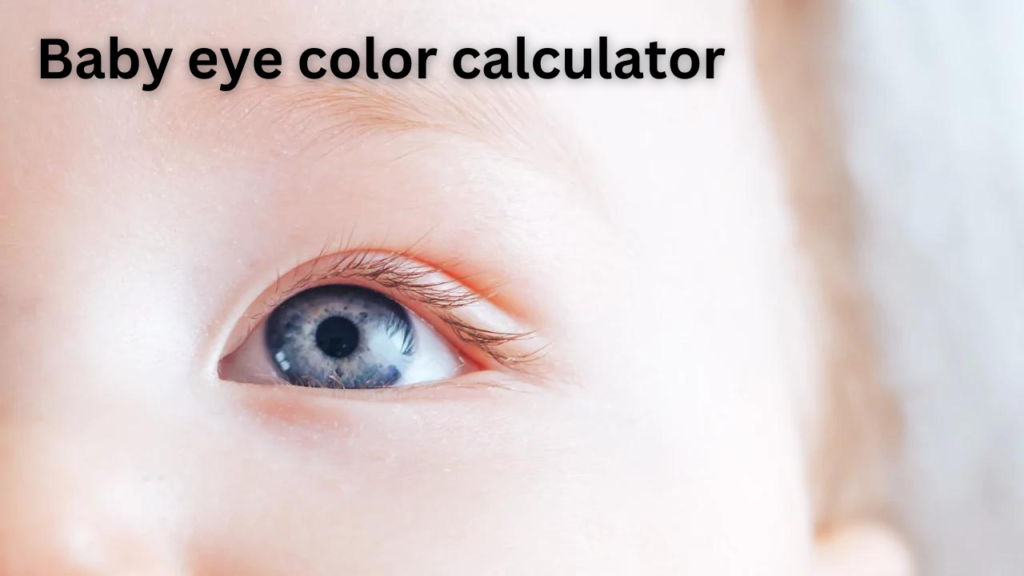
Understanding Dominant and Recessive Genes
Alright, time to put on our genetics hats! Don’t worry; we’ll keep it simple and fun.
The Basics
- Dominant Genes: Traits that are more likely to be expressed. In eye colors, brown is typically dominant.
- Recessive Genes: Traits that are less likely to be expressed unless paired together. Blue and green often fall here.
A Simple Breakdown
Imagine genes as pairs of cards:
- Two Brown Genes (BB): High chance of brown-eyed baby.
- One Brown and One Blue Gene (Bb): Still likely a brown-eyed baby because brown dominates.
- Two Blue Genes (bb): Likely a blue-eyed baby.
But remember, real-life genetics is more intricate. Other genes can influence shades and variations, leading to beautiful hazels, grays, and even amber eyes!
Fun Fact
Did you know that two blue-eyed parents can have a brown-eyed child? It’s rare but possible due to the complex interplay of multiple genes. Nature loves to keep us on our toes!
How Does the Baby Eye Color Calculator Work?
Now that we’ve covered the science, let’s delve into the practical side. The Baby Eye Color Calculator uses the principles we’ve discussed to estimate the probability of your baby’s eye color. Here’s how!
Inputting Parental Eye Colors
The calculator typically asks for:
- Mother’s Eye Color: Options like brown, blue, green, hazel, etc.
- Father’s Eye Color: Same options as above.
- Grandparents’ Eye Colors (Optional): For a more detailed prediction.
The Calculation Process
Using the provided information, the calculator assesses:
- Dominant and Recessive Traits: Determines which genes are likely to dominate.
- Probability Percentages: Calculates the chances of each possible eye color outcome.
For instance, if both parents have brown eyes but carry recessive blue genes, there’s still a chance for a blue-eyed baby. Including grandparents’ eye colors refines these probabilities even further.
Interpreting the Results
The output usually presents:
- Percentage Chances: For each eye color (e.g., 50% brown, 25% green, 25% blue).
- Visual Representation: Often displayed through colorful charts or graphs for easy understanding.
Remember, while these calculators provide educated guesses, they aren’t foolproof. After all, the mystery is part of the joy, right?
Common Eye Color Combinations and Probabilities
Let’s explore some typical scenarios and their probable outcomes. Keep in mind, these are general estimates and individual results may vary.
Probability Table
| Parent Eye Colors | Brown | Green | Blue |
|---|---|---|---|
| Brown + Brown | 75% | 18.75% | 6.25% |
| Brown + Green | 50% | 37.5% | 12.5% |
| Brown + Blue | 50% | 0% | 50% |
| Green + Green | 0% | 75% | 25% |
| Green + Blue | 0% | 50% | 50% |
| Blue + Blue | 0% | 1% | 99% |
Note: These percentages are simplified and actual outcomes can vary due to other genetic factors.
Example Scenarios
- Both Parents with Brown Eyes:
- High chance of a brown-eyed baby.
- Possibility of green or blue if recessive genes are present.
- One Parent with Brown and One with Blue Eyes:
- Equal chances for brown and blue eyes.
- Adding grandparents’ eye colors can adjust these probabilities.
- Both Parents with Blue Eyes:
- Predominantly blue-eyed offspring.
- Slight chance of green eyes due to genetic variation.
Isn’t it fascinating how these combinations play out? Each baby brings a unique blend of their parents’ traits, making every prediction an exciting guesswork!
Myths and Facts About Baby Eye Colors
When it comes to predicting baby eye colors, myths abound. Let’s debunk some common misconceptions!
Myth 1: All Babies are Born with Blue Eyes
Fact: While many Caucasian babies are born with blue or grayish eyes, babies from other ethnic backgrounds often have brown or darker eyes at birth. The initial color can change over time as melanin production increases.
Myth 2: Eye Color is Determined Solely by Parents’ Eyes
Fact: While parents’ eye colors play a significant role, other family members’ genes can influence the outcome. Hence, grandparents’ eye colors can also impact predictions.
Myth 3: Eye Color Doesn’t Change After Infancy
Fact: Eye color can continue to change subtly throughout early childhood. In rare cases, hormonal changes or health conditions can alter eye color in adulthood.
Myth 4: Two Blue-Eyed Parents Can’t Have a Brown-Eyed Child
Fact: Although rare, it’s possible due to complex genetic interactions and mutations. Genetics isn’t always straightforward!
Myth 5: Diet and Environment Can Change Eye Color
Fact: Eye color is primarily determined by genetics and melanin levels. Diet and environment have minimal to no impact on changing one’s natural eye color.
Understanding these facts helps set realistic expectations and adds to the wonder of watching your baby’s features develop over time.
When Do Babies’ Eyes Settle into Their Permanent Color?
Ah, the big question! You’re probably eager to know when your little one’s eyes will reveal their true hue. Let’s explore.
The Timeline
- At Birth: Many babies, especially of European descent, have light-colored eyes due to low melanin.
- 0-6 Months: Melanin production increases, leading to noticeable changes. Eyes may darken or shift in shade.
- 6-12 Months: For many babies, eye color settles during this period.
- 1-3 Years: In some cases, subtle changes continue, especially transitioning between shades (e.g., blue to green).
Factors Influencing the Timeline
- Genetics: Some genes activate later, influencing gradual changes.
- Ethnicity: Babies from different ethnic backgrounds may experience different timelines and patterns.
Observing the Changes
Keep an eye out (pun intended!) for:
- Gradual Darkening: Indicates increasing melanin.
- Specks or Flecks: Unique patterns emerging over time.
- Color Shifts: Transitioning between shades, like gray to green.
Isn’t it delightful watching these transformations? Each phase brings its own charm and surprises!
Conclusion
Predicting your baby’s eye color is a delightful blend of science and anticipation. While tools like the Baby Eye Color Calculator offer intriguing insights, the true magic lies in witnessing your child’s unique features unfold over time.
Remember, every eye color is beautiful, reflecting a rich tapestry of genetics and heritage. So, whether your little one gazes up at you with deep brown pools or shimmering blue hues, cherish those moments and the stories they tell.
After all, the eyes are windows to the soul, and your baby’s soul is a world waiting to be explored!
Frequently Asked Questions (FAQs)
1. Can eye color change in adulthood?
While rare, eye color can change in adulthood due to factors like hormonal changes, trauma, or certain medical conditions. However, most people’s eye color remains stable after early childhood.
2. Do siblings always have similar eye colors?
Not necessarily. Each child inherits a unique combination of genes, so siblings can have different eye colors, especially if parents carry diverse genetic traits.
3. Is it possible for a baby to have two different colored eyes?
Yes, this condition is called heterochromia. It can be genetic or result from developmental variations. It often doesn’t affect vision and adds a unique charm!
4. Can lifestyle or diet influence eye color?
Generally, no. Eye color is determined by genetics and melanin levels. Some claim slight changes due to lighting, mood, or diet, but these are typically minimal and temporary.
5. Are certain eye colors more prone to specific health issues?
Some studies suggest that lighter eye colors may be more sensitive to sunlight and at a slightly higher risk for certain conditions like macular degeneration. Regular eye check-ups are essential regardless of eye color.

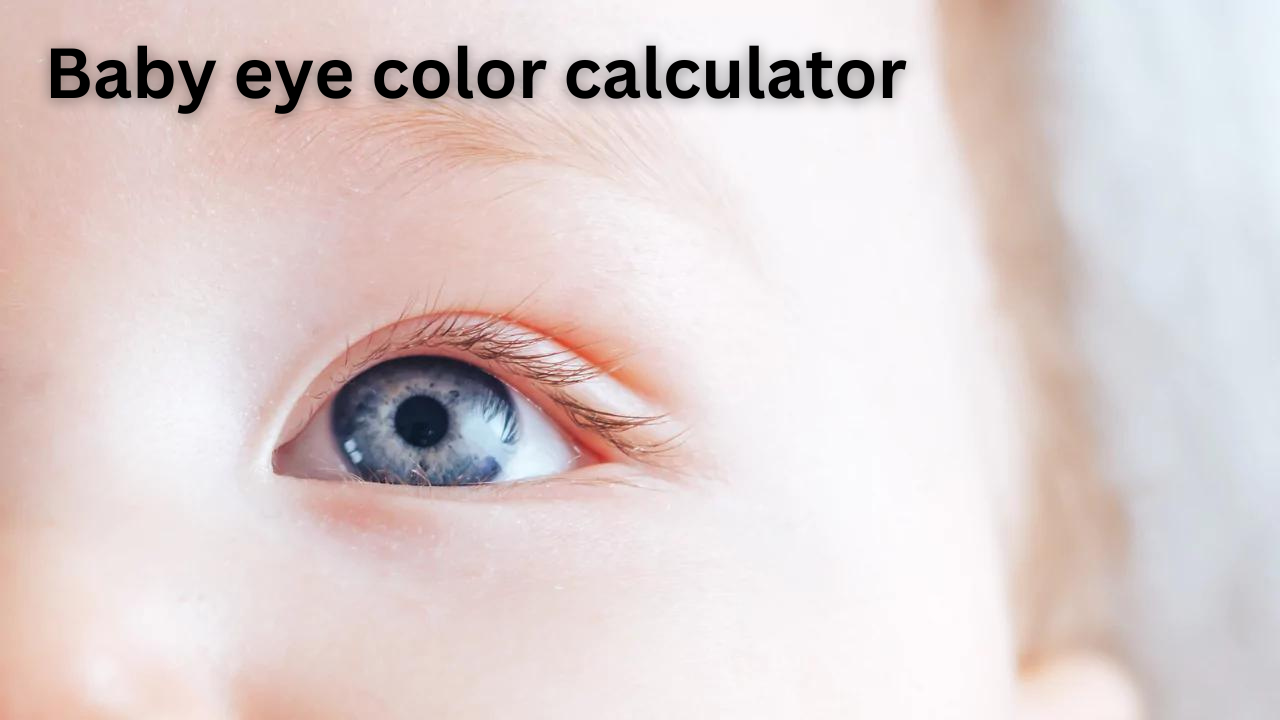
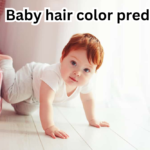

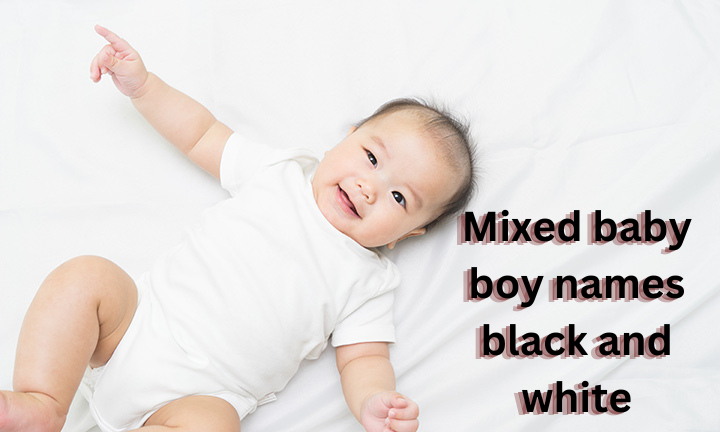
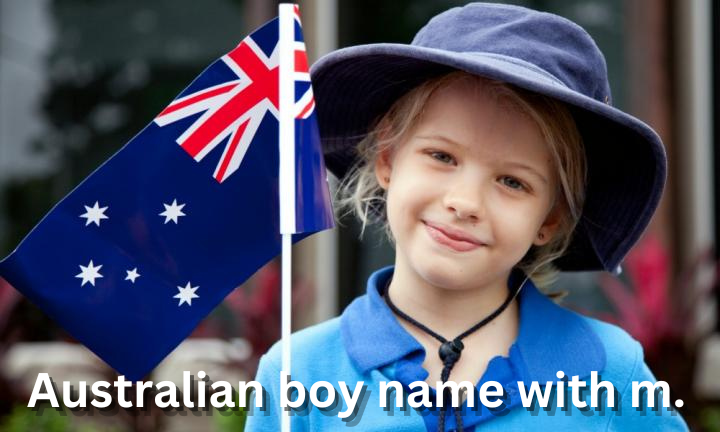
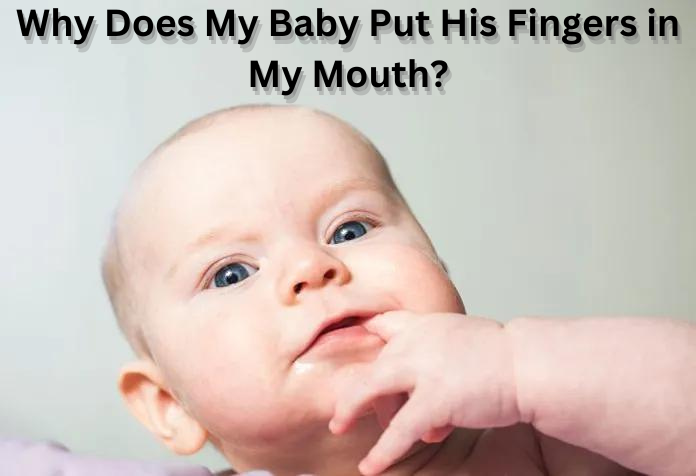


Pingback: How Many Baby Wipes Do I Need - Babyfow.com